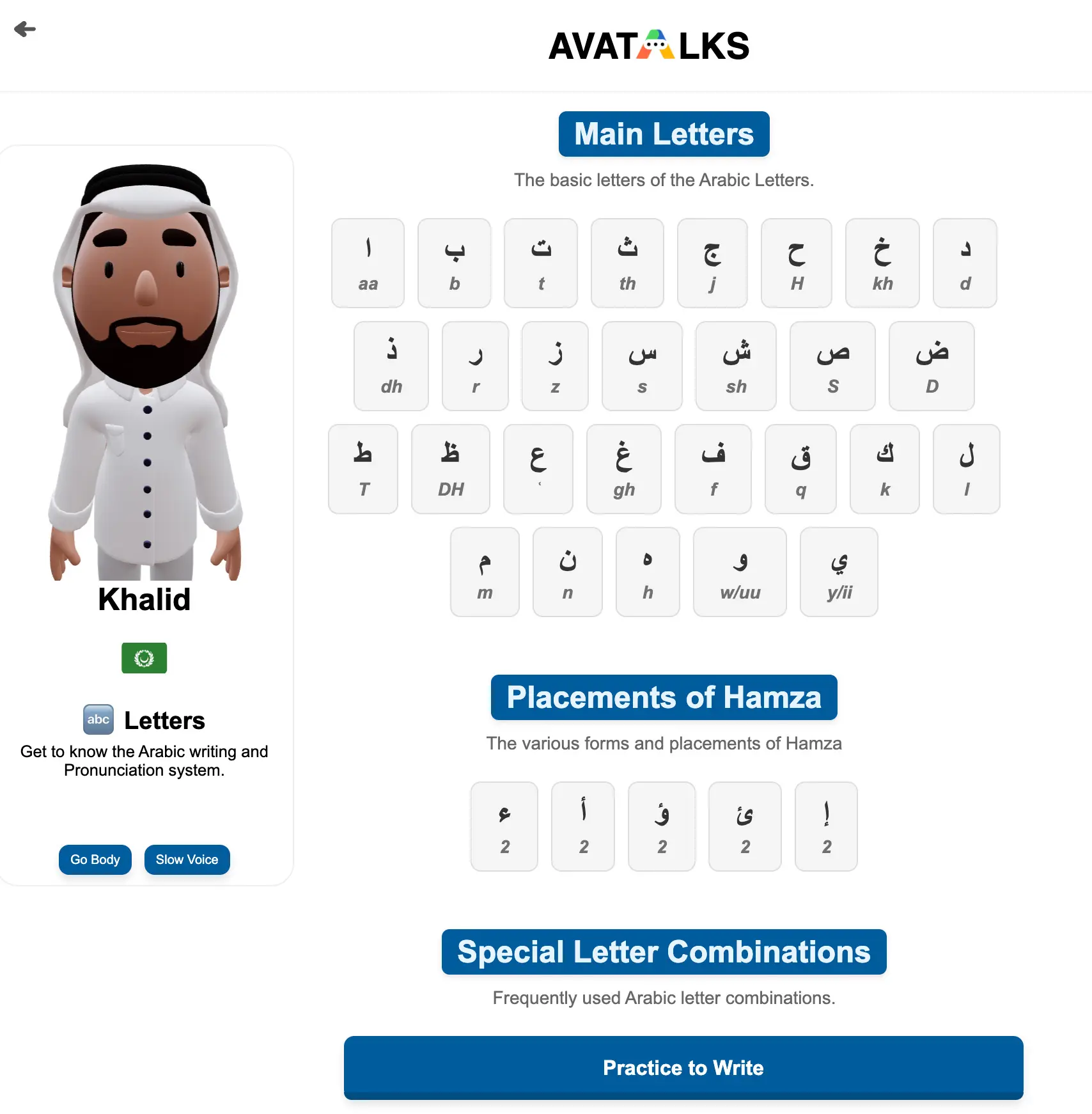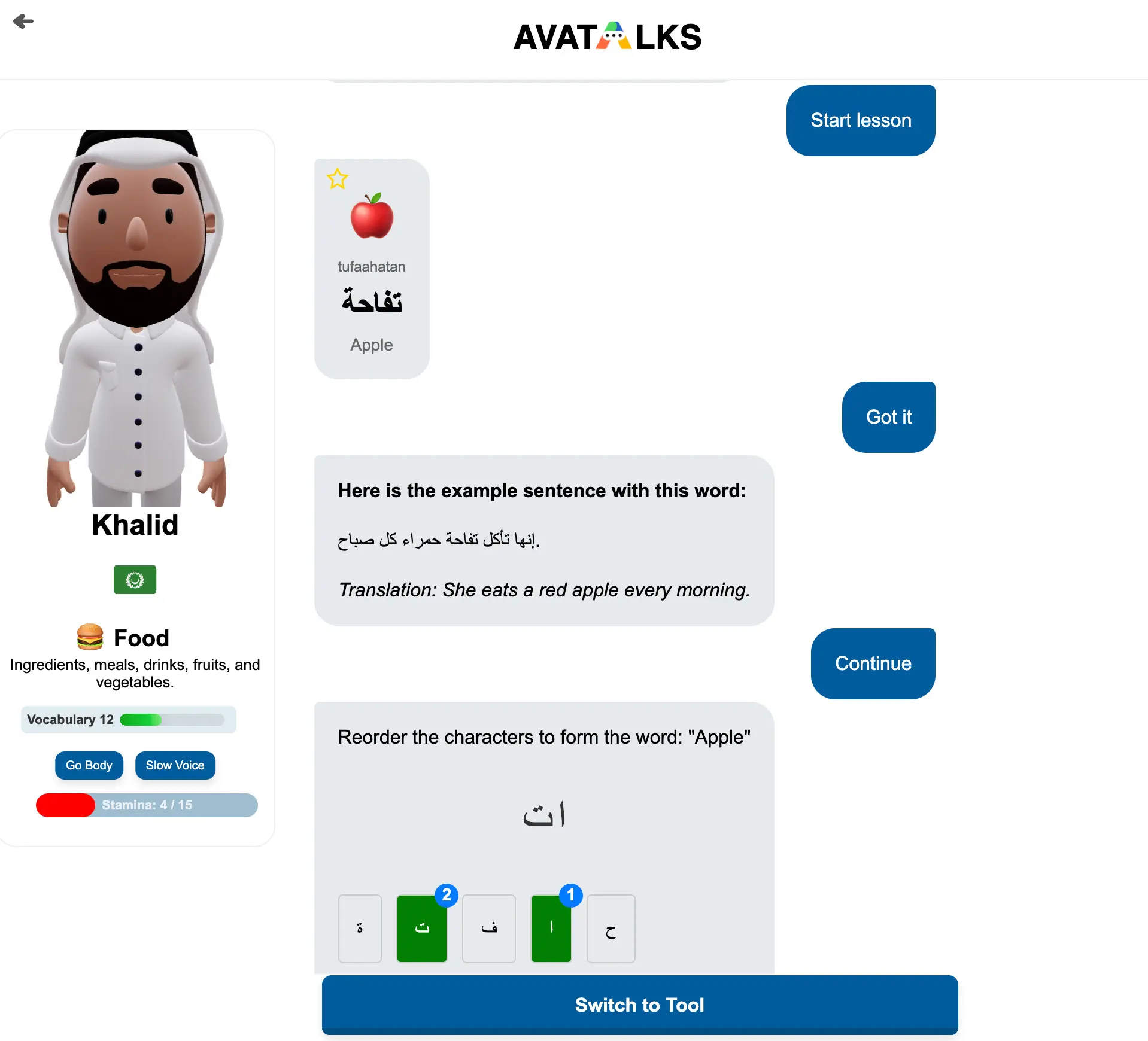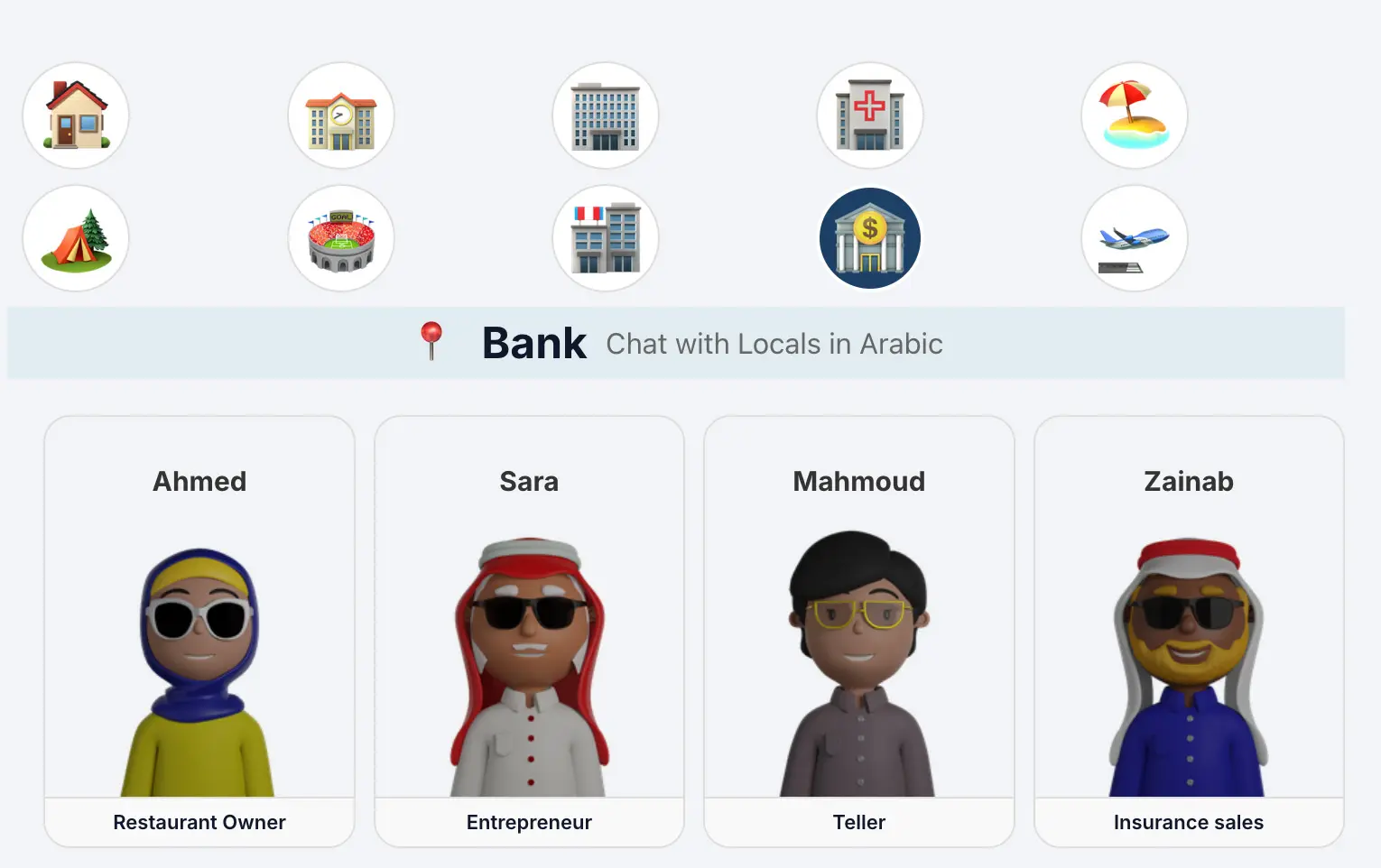
Photo by Rawan Yasser on Unsplash
Table of Contents
Open Table of Contents
- Introduction: Why “AI Learning Arabic” Is Gaining Attention
- Why Arabic Is a Unique Challenge
- How Avatalks Uses AI to Make Arabic Learning Smarter
- How AI Makes Learning Arabic More Effective
- Common Mistakes AI Can Help Fix
- Benefits of Using AI for Arabic Learners
- AI vs. Traditional Learning: Which Is Better?
- FAQs About AI Learning Arabic
- Final Thoughts: Should You Try AI for Learning Arabic?
Introduction: Why “AI Learning Arabic” Is Gaining Attention
Learning Arabic has long been seen as a challenge. With its script, grammar, and multiple dialects, many learners start strong but lose momentum quickly. Enter AI learning Arabic—a new way to master the language with smart algorithms, speech recognition, and personalized guidance.
In this article, we’ll explore how AI is transforming Arabic education, what tools are worth your time, and how you can get started effectively.
Why Arabic Is a Unique Challenge
Before we dive into the tools, it’s important to understand why Arabic requires special attention:
| Feature | Why It Matters |
|---|---|
| Non-Latin script | Learners must recognize a completely new alphabet |
| Diglossia | Formal Arabic (Fusha) vs. Spoken Dialects |
| Pronunciation | Sounds like ع (Ayn) and ق (Qaf) are unfamiliar |
| Verb system | Complex patterns and roots |
| Right-to-left writing | A learning curve for native English speakers |
This complexity makes Arabic the perfect candidate for AI-assisted learning.
How Avatalks Uses AI to Make Arabic Learning Smarter
If you’re looking for a powerful way to start learning Arabic, Avatalks combines interactive AI with a complete set of tools designed specifically for Arabic learners. Instead of juggling multiple apps, you can build fluency in one place — at your own pace.
✍️ Learn Arabic Characters the Right Way
Mastering the Arabic alphabet is step one — and Avatalks makes it hands-on.

- Use our 3D interactive tutor to learn how to write Arabic characters
- Practice stroke order and sound out each letter
- Get real-time pronunciation help and feedback

👉 Try the Arabic character tool
📚 Smart Arabic Lessons That Adapt to You
You don’t have to memorize disconnected phrases. With Avatalks, your learning experience includes:
- Arabic character lessons to build your foundation
- Arabic grammar lessons that explain how the language really works
- Listening practice using native-speaker recordings
- Reading lessons that develop vocabulary and comprehension

Whether you’re a complete beginner or brushing up, these lessons grow with you.
🤖 Practice Real Conversations with AI Arabic Chat
What makes Avatalks truly different is the ability to talk to an AI — just like you would with a native speaker.
- Ask questions, get cultural tips, or explore daily phrases
- Speak out loud and hear AI respond in fluent Arabic
- Improve pronunciation and confidence in a safe environment

It’s more than practice. It’s a way to use Arabic actively, even if you’re learning solo.
How AI Makes Learning Arabic More Effective
📈 Personalized Learning Paths
AI tracks your progress and adjusts difficulty, ensuring you’re always challenged but not overwhelmed. For Arabic, this is crucial due to:
- Script recognition difficulty
- Dialect variation
- Complex verb conjugations
🧠 Smart Memory Recall
Tools like Avatalks and Memrise apply spaced repetition to help Arabic learners retain words and grammatical structures more efficiently.
🗣 Voice Feedback and Pronunciation Correction
AI tutors now analyze your spoken Arabic and correct you gently on:
- Stress and intonation
- Sounds like ح (ḥāʾ) vs. ه (hāʾ)
- Long vs. short vowels
🧩 Grammar Recognition
AI grammar engines can now detect:
- Sentence structure issues
- Missing articles or agreement errors
- Tense and case misuse
Common Mistakes AI Can Help Fix
| Mistake | AI Correction Example |
|---|---|
| Confusing dialects and Fusha | Highlights dialect-specific terms |
| Incorrect verb conjugation | Suggests root and correct tense form |
| Dropping key letters | Detects and highlights missing diacritics or roots |
| Mispronunciation of ع or ق | Provides visual and audio feedback |
Benefits of Using AI for Arabic Learners
- 🔁 Unlimited conversation practice
- 📚 Better retention via personalization
- 📊 Detailed analytics on pronunciation and comprehension
- ⏱ Learn faster with adaptive lessons
- 🧘♀️ Less stress and fear of judgment
AI vs. Traditional Learning: Which Is Better?
| Feature | Traditional Classes | AI Tools |
|---|---|---|
| Live speaking practice | ✅ | ✅ (simulated) |
| Feedback on pronunciation | ❌ (depends) | ✅ |
| Personalized pacing | ❌ | ✅ |
| Availability | ❌ (schedule-bound) | ✅ (anytime) |
| Cultural context | ✅ | ✅ (growing) |
Best approach: Combine both if possible. Use AI daily and human instruction weekly.
FAQs About AI Learning Arabic
Q: Is AI accurate in teaching Arabic pronunciation?
Yes, especially for MSA. Tools like Avatalks and Google Speech API are very reliable for feedback.
Q: Can AI teach Arabic script?
Absolutely. Many tools now offer interactive script lessons with stroke animations and real-time writing checks.
Q: Is AI suitable for learning Arabic for kids?
Yes, with parental supervision. Child-friendly interfaces and games (like Lingokids) help younger learners absorb Arabic basics.
Q: Can I learn Arabic just using AI?
Yes, but pairing AI tools with real-life conversation and cultural immersion is ideal for fluency.
Final Thoughts: Should You Try AI for Learning Arabic?
Absolutely. If you’ve struggled with traditional Arabic lessons or want to supplement a course, AI offers a powerful, flexible way to stay motivated and make measurable progress.
From correcting your pronunciation of tricky letters to customizing your lesson plan based on memory retention, AI learning Arabic is no longer the future — it’s the present.
So why not get started today?
🎯 Try it now: Practice Arabic with an AI Tutor